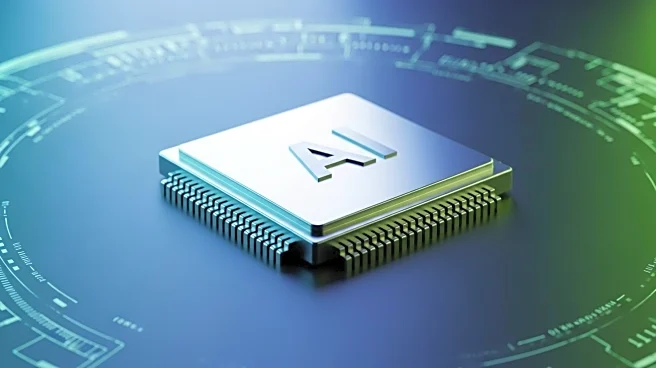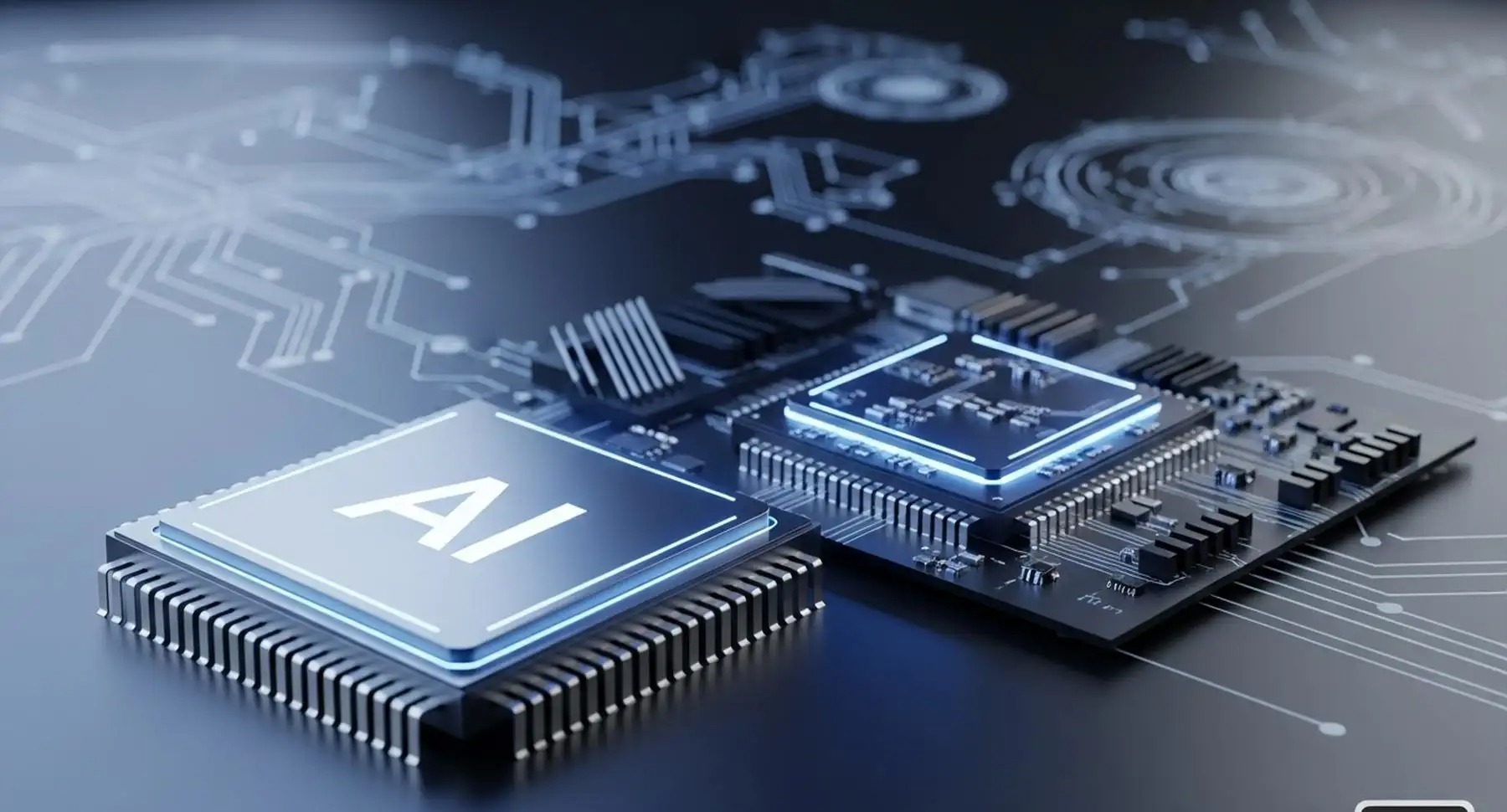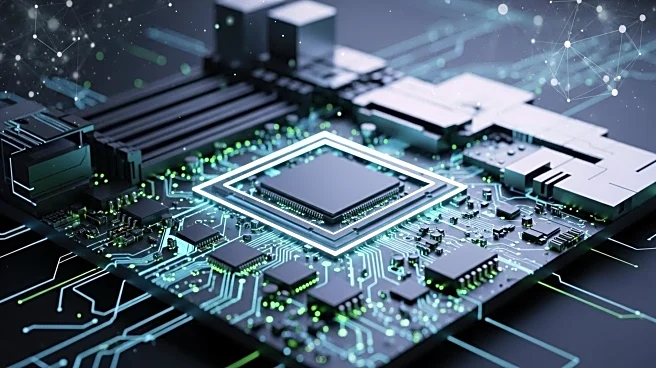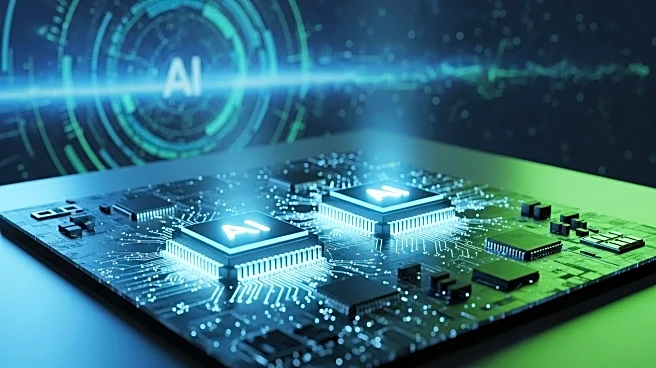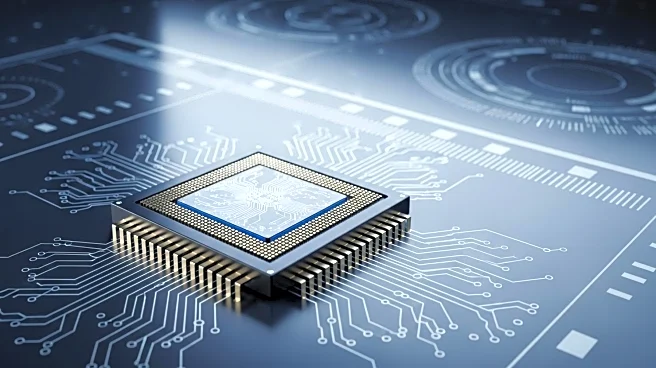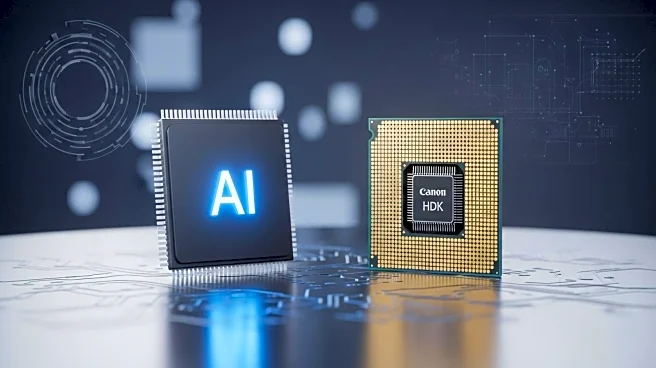What's Happening?
Nvidia has announced a $5 billion investment in Intel, marking a significant collaboration between the two chip giants. This investment is part of Nvidia's strategy to expand its influence in the AI sector, as the company transitions from a graphics card manufacturer to a central player in the AI boom. Nvidia's market capitalization has reached $4.28 trillion, reflecting its growing dominance in the industry. The investment will enable collaboration on AI infrastructure and personal computing products, with Nvidia also spending nearly $1 billion to hire the CEO of an AI startup and license its technology.
Why It's Important?
Nvidia's investment in Intel is a strategic move that underscores the importance of AI in the future of computing. By partnering with Intel, Nvidia aims to leverage its expertise in AI and computing to develop innovative solutions that could reshape the industry. This collaboration is expected to enhance Nvidia's market position and drive technological advancements, benefiting both companies and the wider industry. The investment also highlights the growing importance of AI in business strategy, as companies seek to capitalize on the opportunities presented by this technology.
What's Next?
The collaboration between Nvidia and Intel is expected to result in the development of new products for data centers and PCs. The integration of Nvidia's GPUs with Intel's CPUs could lead to innovative solutions that enhance computing capabilities. The partnership is subject to regulatory approvals, and the companies have not specified a timeline for product availability. However, the collaboration is anticipated to drive growth and innovation in the semiconductor industry.
Beyond the Headlines
The investment reflects broader trends in the semiconductor industry, as companies seek to strengthen their positions in the face of global competition. With geopolitical tensions affecting technology supply chains, collaborations like this could bolster domestic capabilities and reduce reliance on foreign technology. Additionally, the partnership may influence global competition, as other countries, such as China, develop their own semiconductor technologies.

